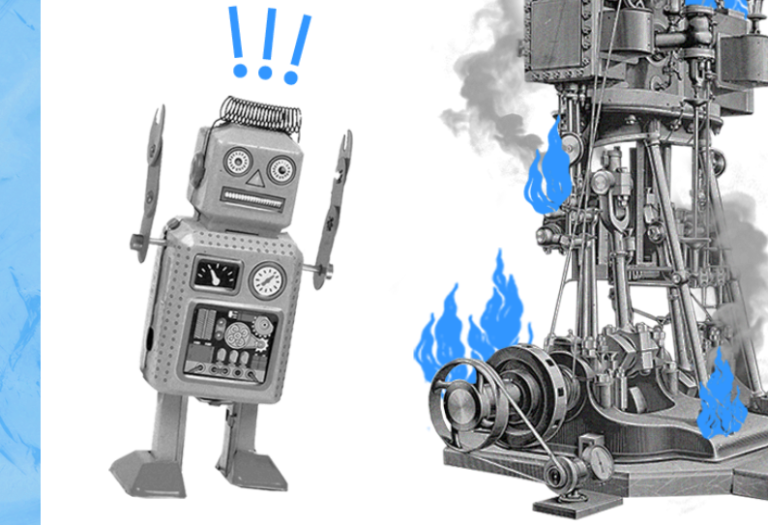Understanding and solving conflicts
Understanding and solving conflicts
Think back to the last time you had an argument. Were you trying to defend or convince someone of your point of view? Did you want to prove that you were right?
Sorry to break it to you, but during this argument you probably used violent communication. This is very common, people have been communicating violently for ages. We come from an authoritarian society, where, in order to gain and maintain a high position, one must judge, warn, teach lessons, and impose their point of view.
Violent communication isn’t only raising your voice or using insults. It can also be giving unsolicited advice, complaining, or being excessively sarcastic. If it’s uncomfortable for us to communicate with people when they’re doing this, it’s logical to assume that others don’t like it either.
In order to feel safe, we need to be treated with warmth and tenderness, to be heard, and to feel understood and considered. Any kind of communication that deviates from these parameters, can be considered violent, even if the intentions are good.
We’ve all been taught that conflict is bad, you only need to take a look in the dictionary to discover that every definition has a negative connotation and this is a clear reflection of society. Having a conflict causes discomfort, and in this situation we have two kinds of reactions: run away or attack.
We all have our own internal map of experiences and learnings collected throughout our lives, making each of us unique. Considering that there are infinite ways to see and interpret the world, it’s very common to disagree or clash with other’s opinions.
Putting importance on fixing conflicts is fundamental. If we resolve them in the best way, we strengthen our relationships, if we don’t, we may end up destroying them.
Communication starts from within
Let’s get back to that last time you had a conflict. Think about how it started. You probably got irritated by someone’s words or actions and so you reacted and the communication broke down. We tend to believe that people deliberately provoke or make us feel a certain way.
By having these thoughts, we give them power over our wellness, it’s those around us who need to change in order for us to feel good again. This way of thinking is dangerous, it leaves us unprotected and leaves our happiness to external factors that we have no control over.
Consider the fact that in the midst of any situation, each person reacts in a different way. We must stop blaming others, and focus on ourselves.
The good news is, that each individual is the one (and only one) responsible for the way in which they interpret reality. If the words or actions of another person affect you, it’s because something inside you hurts. By analyzing ourselves “layer by layer”, we can identify what is actually hurting us, become conscious of it, and finally put ourselves into action.
The theory of Nonviolent Communication developed by Marshall Rosenberg, proposes a process for getting through different layers, communicating in the most positive possible way and facing the many conflicts in our lives.
Here we focus on the first step in this theory, the process of introspection:
What should I do when in a conflict?
A conflict arises when the actions I take to fulfill my needs, clash with other people’s actions. We’ve recognized that only we can satisfy our own needs, however, that doesn’t mean that we can walk all over everyone else.
Thus, the first step to solving a conflict, is to understand that we all act according to that purpose. Following the internal layers process won’t help you this time, only dialogue will.
Ok, how do I start?
If I’m the one with the problem, that is, I’m bothered by someone else’s actions, then I need to start by expressing how I feel, and try to understand why they took those actions to fulfill a need. When both parties’ needs are expressed and considered, we can create a shared action plan, for each of us to follow without interfering with the other.
On the other hand, if the other person has backed-off and decided to break the communication, then I need to start the conversation first; expressing my own understanding of the situation, feelings, and needs of the other. With this, he or she will feel invited to open up, and find a solution.
Only when we realize that each of us sees the world through a different lens, will we fully understand that conflicts are not only inevitable, but a great opportunity for human exchange and understanding.
Enjoyed this content?
Recent Posts
Archivos
- July 2025 (2)
- June 2025 (8)
- May 2025 (6)
- April 2025 (2)
- March 2025 (7)
- August 2021 (1)
- June 2021 (1)
- March 2021 (1)
- February 2021 (1)
- December 2020 (1)
- November 2020 (1)
- October 2020 (1)
- September 2020 (1)
- August 2020 (1)
- July 2020 (3)
- June 2020 (3)
- May 2020 (3)
- April 2020 (9)
- December 2019 (3)
- February 2019 (1)
Previous Post
Developing a healthy work culture: remote and in office
Next Post
It’s ok, you’re not a fraud: Dealing with Impostor Syndrome
1 comment
Leave a Reply Cancel reply
You must be logged in to post a comment.
This site uses Akismet to reduce spam. Learn how your comment data is processed.




Excelente! muy buena
justo cuando pasé por un conflicto, ¡Gracias!